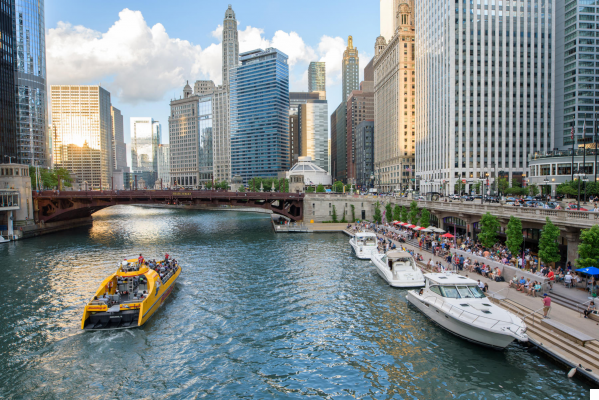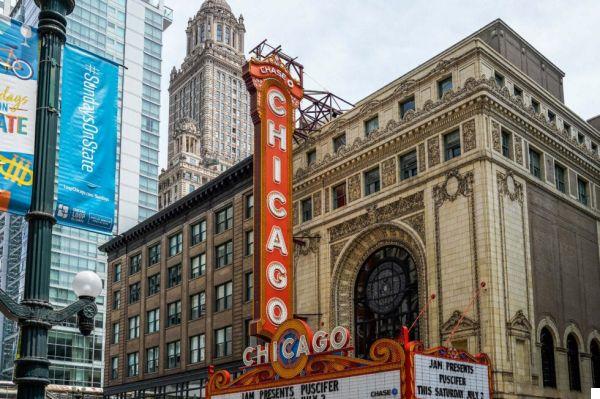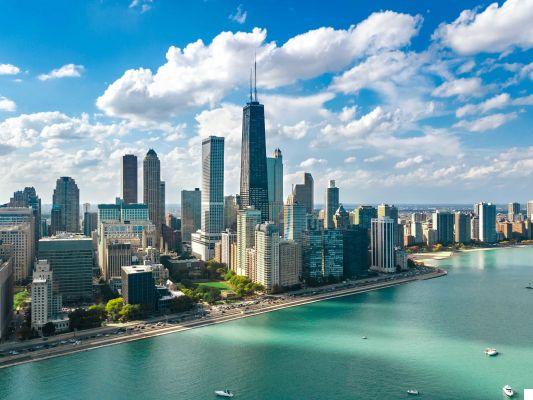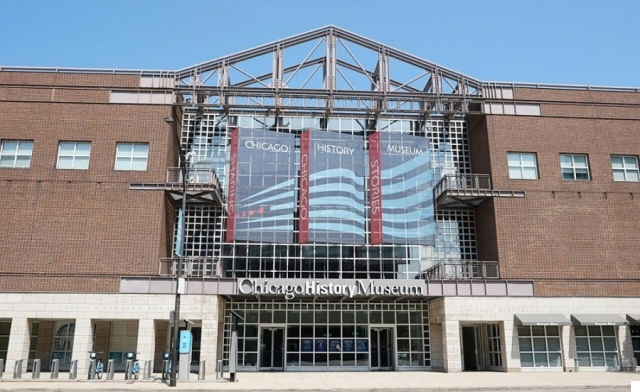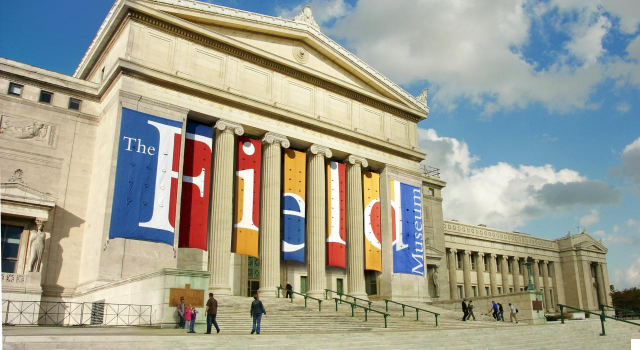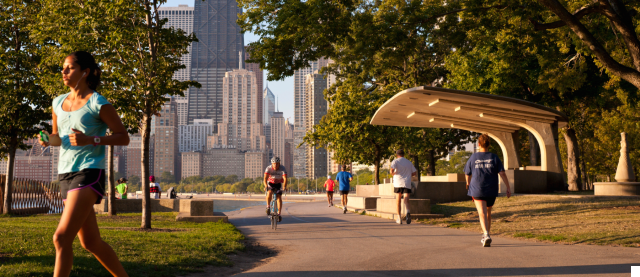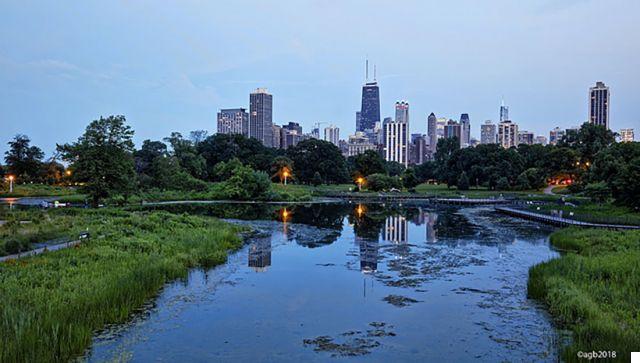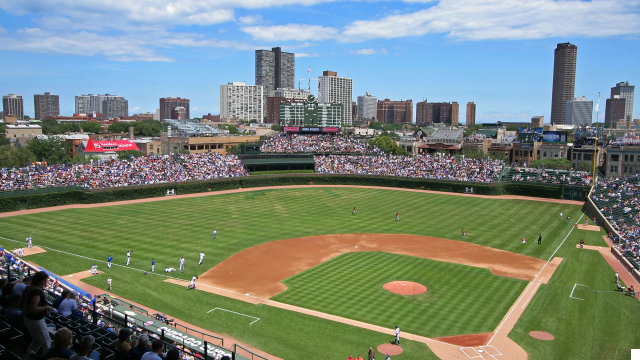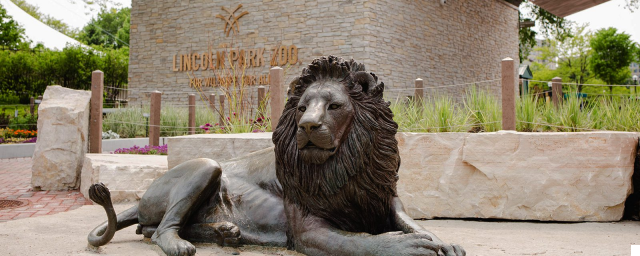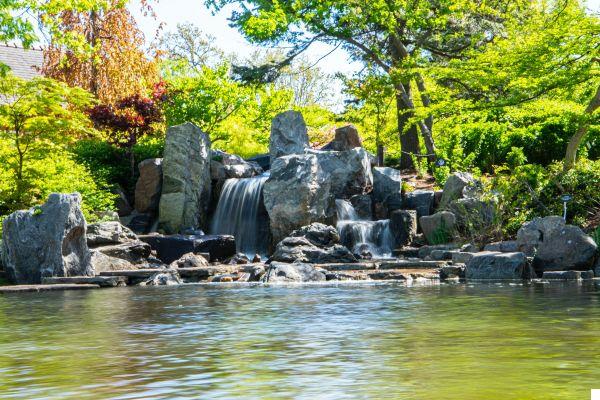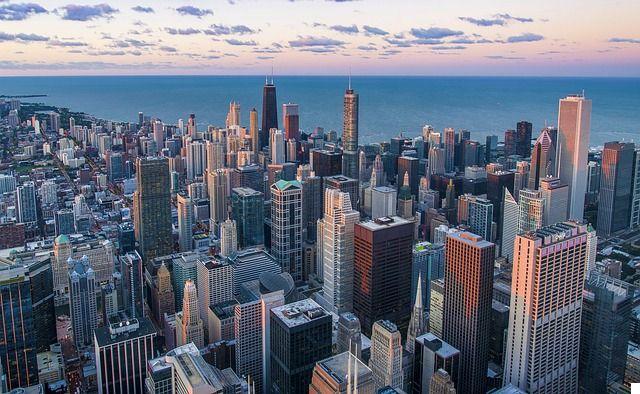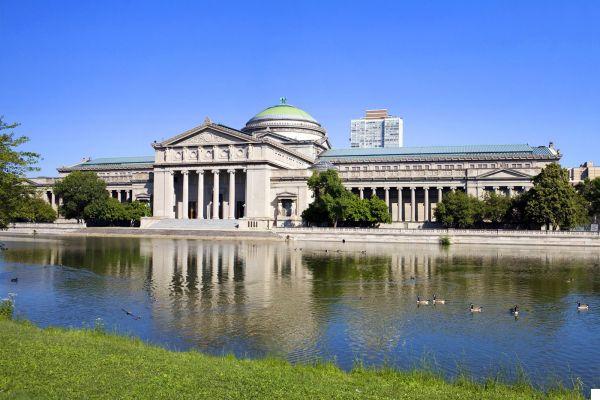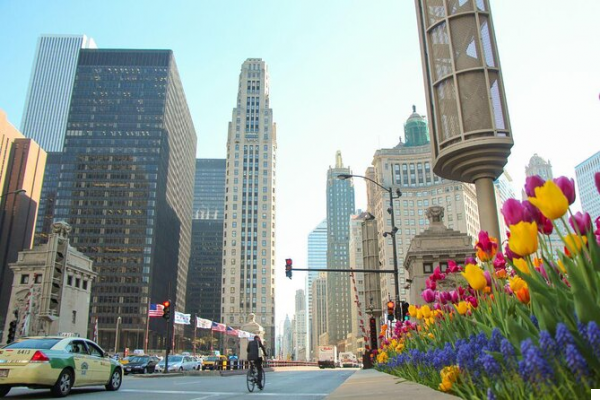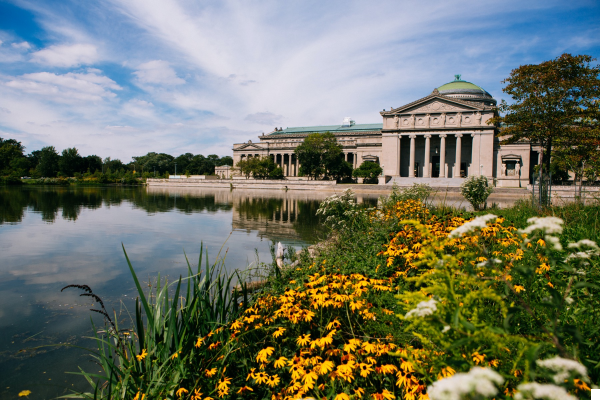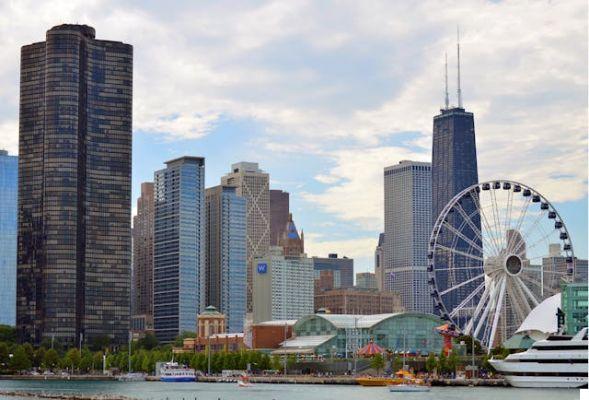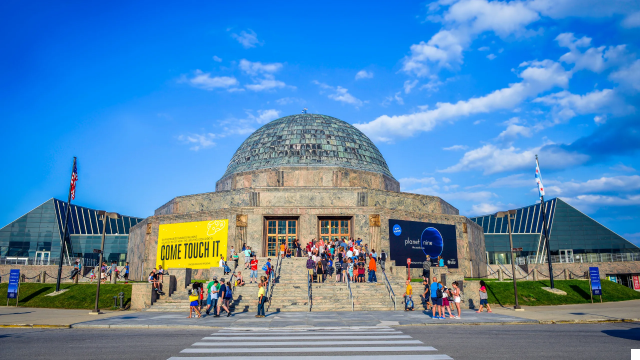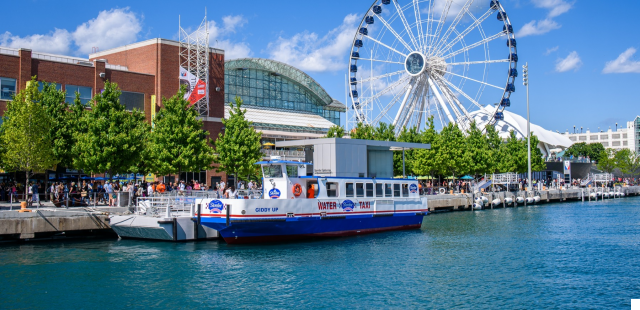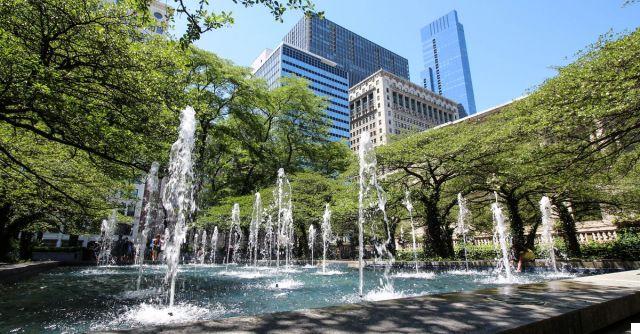
Green Spaces: Parks, Gardens, and Waterfronts in Chicago
Chicago is a city that offers a plethora of outdoor activities and attractions, with 26 miles of lakefront, 25 beaches, miles of green space, and hundreds of parks. These green spaces are interconnected by an 18-mile lakefront path, creating a haven for bikers, runners, boaters, sunbathers, culture lovers, and nature enthusiasts alike. Whether you're seeking cultural experiences, family-friendly playgrounds, or serene natural habitats, Chicago's parks, gardens, and waterfronts have something for everyone.
Conclusions
Chicago's parks, gardens, and waterfronts offer a diverse range of activities and attractions for visitors and residents alike. From cultural events and performances to outdoor concerts and festivals, there is always something happening in these urban green spaces. Millennium Park, with its iconic public art and stunning architecture, has become a must-visit destination. Grant Park, home to the famous Buckingham Fountain and host to events like Lollapalooza, is another popular spot. Northerly Island, with its breathtaking views and natural habitats, provides a unique outdoor experience. Additionally, Chicago's parks cater to families with imaginative playgrounds and recreational facilities. Finally, nature enthusiasts can explore the city's beautiful gardens, bird sanctuaries, and nature centers, which offer a glimpse into the city's diverse wildlife and flora.
Historical Context and Evolution
- Chicago's parks, gardens, and waterfronts have a rich history, with many of them undergoing significant transformations over the years.
- Millennium Park, opened in 2004, revitalized former railroad tracks and parking lots, transforming them into a vibrant cultural hub.
- Grant Park, one of the city's most prominent parks, has been a gathering place for cultural events and festivals since its establishment.
- Northerly Island, designed by architect and planner Daniel Burnham, was envisioned as a natural oasis in the heart of the city.
- Chicago's parks have continuously evolved to meet the changing needs and interests of residents and visitors, offering a wide range of recreational activities and cultural experiences.
Analytical Insights
Quantitative data provides valuable insights into the popularity and impact of Chicago's green spaces. The following table highlights key statistics:
| Green Space | Visitor Count | Notable Features |
|---|---|---|
| Millennium Park | Over 25 million visitors annually | Anish Kapoor's Cloud Gate sculpture, Jay Pritzker Pavilion, Crown Fountain |
| Grant Park | Approximately 10 million visitors annually | Buckingham Fountain, Lollapalooza music festival |
| Northerly Island | Over 1 million visitors annually | Adler Planetarium, Huntington Bank Pavilion |
These numbers demonstrate the immense popularity of these green spaces and their significant contribution to Chicago's cultural and recreational scene.
Future Outlook
The future of Chicago's parks, gardens, and waterfronts looks promising, with ongoing efforts to enhance and expand these green spaces. The city is committed to preserving and maintaining its natural habitats, ensuring the continued presence of diverse flora and fauna. Additionally, there are plans to introduce new amenities and attractions to attract more visitors and provide unique experiences. The integration of technology and sustainability initiatives will further enhance the accessibility and environmental impact of these green spaces. As Chicago continues to evolve, its parks, gardens, and waterfronts will remain integral to the city's identity and offer endless opportunities for recreation, relaxation, and cultural enrichment.



